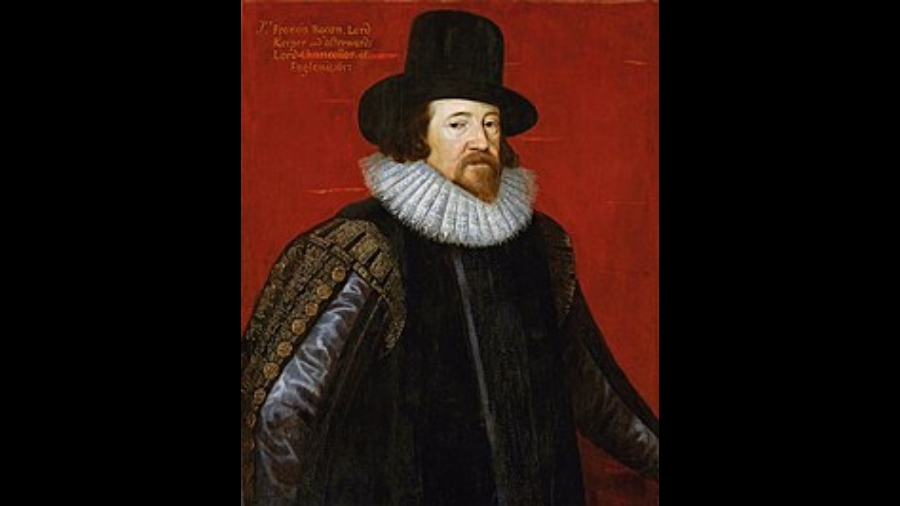English philosopher and statesman Francis Bacon wrote The Advancement of Learning in 1605. Among other things, it advocates a certain idea of the ideal ruler. Bacon wrote, “If they [the rulers] be illuminate by learning they have those notions of religion, policy and morality, which do preserve them and refrain them from all ruinous and peremptory errors and excesses.” In a nutshell, to avoid falling to ruin, in order to be time proof, learn away. A history of rulers of India and their engagement with science is but a patchy narrative, but telling nevertheless.
Birds and globes
Akbar is known to have conducted an experiment wherein many children were raised in isolation by nurses who were not allowed to talk to them. The point of it was to find out what language they would naturally burst into and which faith they would embrace without the nudging. One story has it that Akbar had been told that Hebrew was the natural language of humans and this was him testing the veracity of it. Akbar died the year Bacon’s book was published and his son Jahangir became emperor. Jahangir had a deep and abiding curiosity in biology, botany and ornithology. He had artists make detailed sketches of plants, flowers and birds for Jahangirnama. He had the valley of Kashmir measured to check the measurements taken by Abu’l Fazal in Akbarnama. He bred the saras crane in captivity. The Austrian art and architectural historian Ebba Koch writes how taken Jahangir was with the globe. Koch writes about one globe in which the northern hemisphere is not on top but shifted to the west, and the Indian subcontinent is in full view at the centre. Atop the globe, you can see Jahangir’s feet.
Pass the Bacon
Jai Singh II knew his Flamsteed (English astronomer), La Hire (French astronomer), Ulugh Beg (Iranian astronomer) and Ptolemy (Greek scholar). You may or may not agree with the exact science behind his observatories, but it is a fact that he built five of them in the second half of the 18th century. Serfoji II Bhonsle, who lived in the late 18th-early 19th centuries and ruled Tanjore, was interested in Western medicine and also ayurveda, unani and siddha. He built gardens, libraries, printing presses and educational institutions. He even ordered a model of a human skeleton from Harley Street, of ivory, if possible. Bacon’s utopian novel The New Atlantis was published after his death. It is set in a mythical island discovered by the crew of a lost ship and at the centre of the plot is a state-built scientific institution. Bacon describes it as one of the most “excellent acts” of the king and the “noblest foundation” of all Earth. And we will now build a mechanism that will have the sun’s rays converge on the forehead of Ramlalla in Ayodhya once a year, every year. So?











